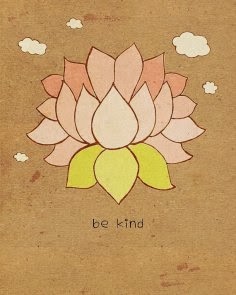"To be, or not to be" is the famous opening phrase of a soliloquy in William Shakespeare's play Hamlet. Debate surrounds its meaning, and that of the speech, but most agree that it asks the fundamental question "why live?"
Now a days many of us have noticed the impact of social media in our daily life. There are good and bad things about it.Some people may call "trend", but today let's call fad. Fad is any form of behavior that develops among a large population and is collectively followed enthusiastically for a period of time, generally as a result of the behavior being perceived as popular by one's peers or being deemed "cool" by social media.A fad is said to "catch on" when the number of people adopting it begins to increase rapidly. The behavior will normally fade quickly once the perception of novelty is gone.The specific nature of the behavior associated with a fad can be of any type including language usage, apparel, financial investment, and even food. It is a never ending cycle. In this passionate madness we sacrifice out time,wisdom and essence.We recreate ourselves like in a Matrix movie, and we truly believe that what we see are ourselves, and where is our true self?
Lots of people say they love to travel, so they can experience new cultures, new people, see life with new eyes. Its just a reflection that how deep inside we are tired of our own surroundings and society. Social media have a goal of selling ideas and if we buy them we lost our essential value. With a beautiful heart and knowledge of who you are, you no longer need to proof anything to the world. You are satisfied and in peace. I call one of the glimpses of Santosha.
What is Santosha?
Santosha means contentment. By including contentment as an active practice rather than a reaction to events around us, peace of mind can never finally rely on external circumstances, which are always changing in ways beyond our control. Santosha requires our willingness to enjoy exactly what each day brings, to be happy with whatever we have, whether that is a lot or a little. This second niyama uncovers the hollowness of achievement and acquisition; while material wealth and success aren't evil, they can never in themselves provide contentment. We can easily practice santosha in the beautiful moments and joyous experiences of our lives. But true contentment means being equally willing to embrace the difficult moments. Only when we can be content in the midst of difficulty can we be truly free. Only when we can remain open in the midst of pain do we understand what true openness is. In our relationships, when we accept those around us as they truly are, not as we want them to be, we are practicing santosha.







